PROGETTO
SKIN FISH
Il Progetto Skin Fish è stato finanziato dal Ministero delle Politiche Agricole e Forestali nell’ambito delle “Iniziative a sostegno dell’attività ittica” (DM del 02/10/14). Obiettivo del progetto è stato quello di sperimentare e valutare l’utilizzo dello scarto di molte produzioni ittiche, la pelle del pesce.
In particolare il progetto ha individuato le pelli di pesce presenti sul mercato italiano che potevano avere un’applicazione in settori alternativi quali l’abbigliamento, il calzaturiero, l’oggettistica, l’accessoristica ed il design in genere. E’ dimostrato, da esperienze di utilizzo note in alcuni paesi del Nord Europa, che il pesce non è solo una preziosa fonte di cibo, ma può anche fornire la materia prima per la creazione di prodotti durevoli, come la pelle.
Il progetto ha individuato le principali specie ittiche più idonee a questo impiego, definendone gli accorgimenti tecnici ed organizzativi, al fine di ottenere una pelle di pesce in grado di essere opportunamente conciata. Parte integrante del progetto SKIN FISH è consistito nell’identificare e stimolare varie aziende artigiane nella realizzazione di prototipi originali e di una loro valutazione mercantile.
I RISULTATI OTTENUTI
I principali risultati del progetto sono:
– individuazione delle specie ittiche più adatte;
– definizione delle modalità organizzative e tecniche per la raccolta dello scarto/materia prima (pelle di pesce) e loro stoccaggio;
– campionature di pelle di pesce conciata;
– realizzazione di prototipi di vario tipo e foggia;
– ricerca di aziende potenzialmente interessate ad una lavorazione su scala commerciale;
– individuazione delle tipologie di prodotti più idonei per cui è possibile utilizzare la pelle di pesce;
– informazione/divulgazione ai portatori di interesse del settore dei risultati ottenuti e delle eventuali opportunità trovate.
Il Progetto vuole fornire nuove opportunità al comparto ittico ma non solo, trasformando un prodotto di scarto in un nuovo materiale dalle molteplici possibilità di impiego.
I risultati ottenuti sono in sintonia con gli obiettivi della nuova Politica Comune della Pesca (PCP).
I RISULTATI DEL PROGETTO
Sicuramente per il settore ittico i risultati del progetto definiscono una nuova opportunità di diversificazione che può generare entrate aggiuntive per il settore, impiegando quello che è attualmente un sottoprodotto di scarto inutilizzato, trasformandolo in una materia prima dalle caratteristiche uniche. I risultati ottenuti hanno permesso di identificare una nuova area di business sia nel settore dell’artigianato che nel settore manifatturiero, offrendo l’opportunità per la creazione di nuove imprese e occupazione. La maggiore consapevolezza di cosa può essere realizzato con la pelle di pesce opportunamente trattata e le molteplici applicazioni trovate, delineano una interessante opportunità di diversificazione. Mentre è ancora troppo presto per stabilire quali potrebbero essere i reali sviluppi a livello economico o ipotizzare l’entità delle nuove attività, è incoraggiante verificare che diverse aziende manifatturiere hanno espresso un effettivo interesse a sviluppare idee di business attorno al nuovo materiale, diversificando l’offerta dei prodotti sul mercato.
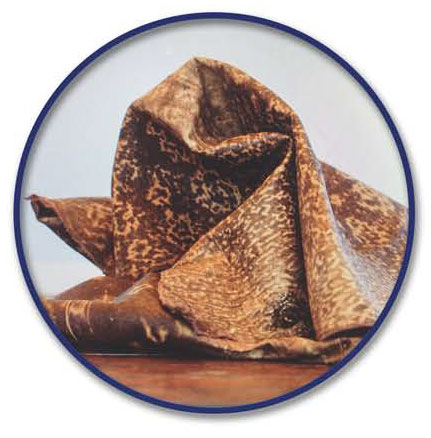
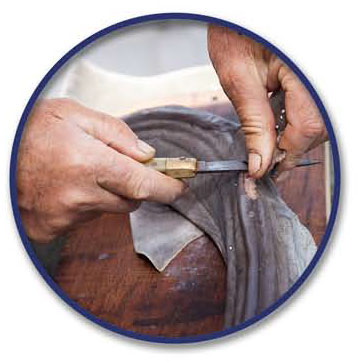
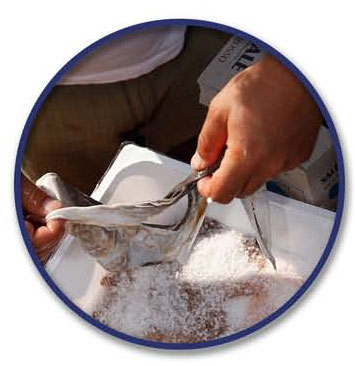
[ENGLISH VERSION]
The Blu Marine Service operates with the purpose to match the conservation of the territory and the marine environment with the exigencies of the socio economical development; it’s aim is to actively transfer to companies operating in fishery aquacolture and environment sectors, technical expertise and managing capabilities to be used for a responsible managing of the productive process.
The main goal of the company is to insure a sustainable exploitation of the resources aiming at the preservation of the occupational level and workers’ income
Project overview
This project proves that fish is not only a valuable food source but can also provide raw material for other more durable products, such as leather for clothing items. The project promotes the tanning and multiple use of fish skin trasforming the raw material in different products.
In Italy the fish skin is an unused resource and there is very little knowledge of how it can be exploited. The idea of the project was inspired by previous experience made in North Europe, where the fish skin tanning tradition has been maintained.
The Fish Skin project is financed by the Italian Ministry of Agriculture and Forestry as part of the “Initiative in support of the fishing industry” – in reference to the DM of 10.02.14. The main objective of the project is to evaluate and explore the use of a current scrap of many fish production, the skin of the fish.
In particular, the project aims to identify the skins on the Italian Fish market (both sea and fresh water, both from domestic and foreign production) that may have an application in alternative sectors such as clothing, footwear , fancy goods, accessories, and design in general.
Is demonstrated by previous experiences in North Europe countries that fish is not only a valuable food source, but it can also supply raw material for the creation of other more durable products, such as leather; for clothing, accessories, etc ..
The project has identified the main fish species that have the right caractheristics in order to be tanned, exploiting alternative use of the skin, defining the technical features to be able to have a product that can be treated (tanned), looking for companies in other sectors potentially interested in the product and creating prototypes with materials obtained
Project objectives
The main objectives of the project are:
– identification of fish species that can have a skin for use in other productive sectors;
– definition of the methods and techniques for a possible collection of raw materials (fish skin);
– obtaining samples of tanned fish skin;
– realization of some prototypes with the materials obtained;
– search for companies in alternative sectors potentially interested; identifying which types of products for which it is possible to use the material obtained;
– information to stakeholders in the sector of the results obtained and any opportunities found.
The project aims to provide new opportunities to the fisheries sector but not only, transforming a scrap in a new material for many applications. The results achieved are in perfect alignment with the objectives of the Common Fisheries Policy (CFP) that aims to a better use of the fishing resources.
Project outcomes
It has opened up a new area of business within the craft sector, providing an opportunity for the creation of new businesses and employment. Increased awareness of fish skin products and their multiple applications will help to ensure the success of this new sector. While it is still too early to say how many people will eventually find employment or generate extra revenue from this activity, it is encouraging that several manifacture companies expressed a large interest in developing business ideas around it, including the production of fish skin items to sell other product lines that established companies are already selling. While the project has demonstrated that fishermen can generate some additional revenue by utilizing what was previously a by-product, the project has also benefited local artisans, who now have the possibility to work with and benefit from a new local raw material: leather from fish skin.
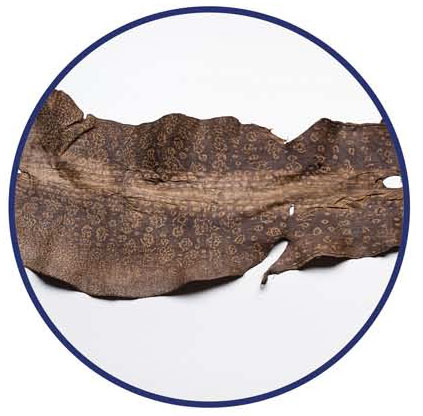
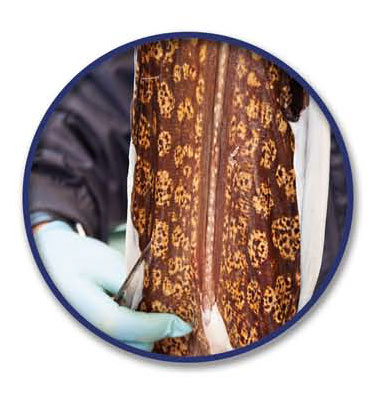
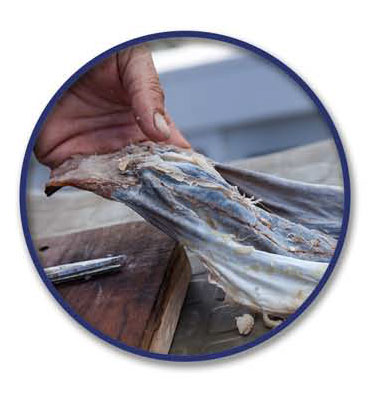
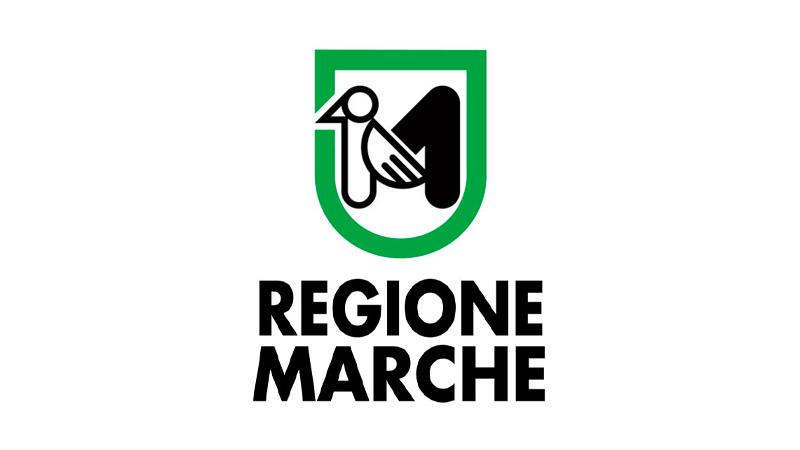
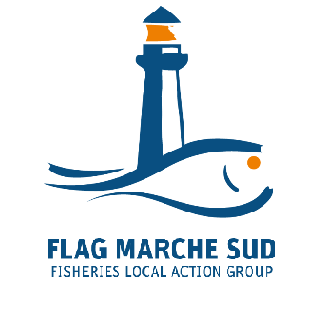
Sito web realizzato con il cofinanziamento : PO FEAMP 2014/2020, priorità 4: “Sviluppo locale di tipo partecipativo (Community Lead Local Development – CLLD)” - Flag Marche Sud. Avviso 1.b Integrazione Socio-Economica Territoriale. Pratica cod. n. 01/SSL/16/MA4/SSL/21/MA.
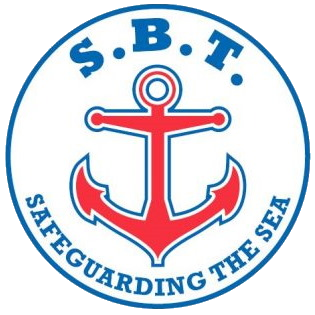
Blu Marine Service
Safeguarding The Sea
Società Cooperativa
P.I. 02044510440
+39 339 2975550
+39 331 5333599
info@blumarineservice.it
Via Amerigo Vespucci
San Benedetto del Tronto 63074 (AP)
Lungomare Europa 28
Martinsicuro 64014 (TE)